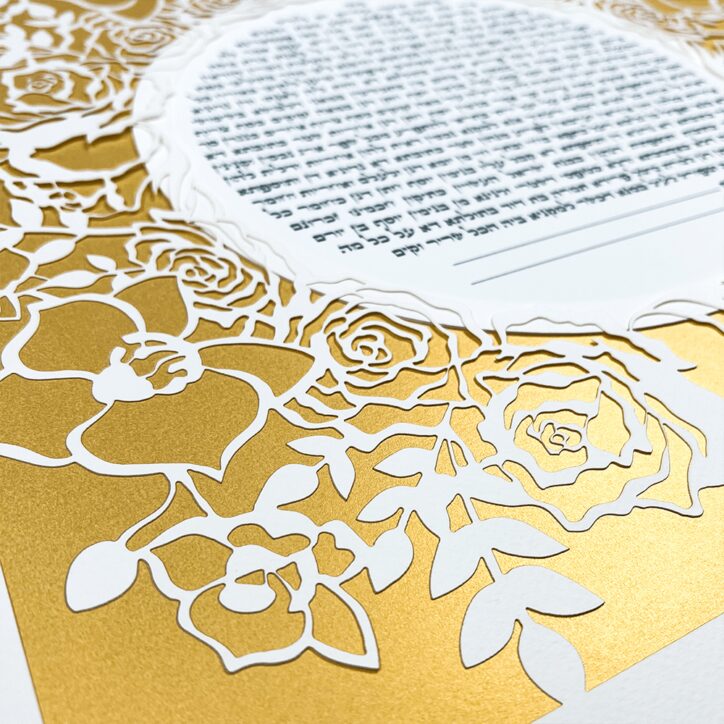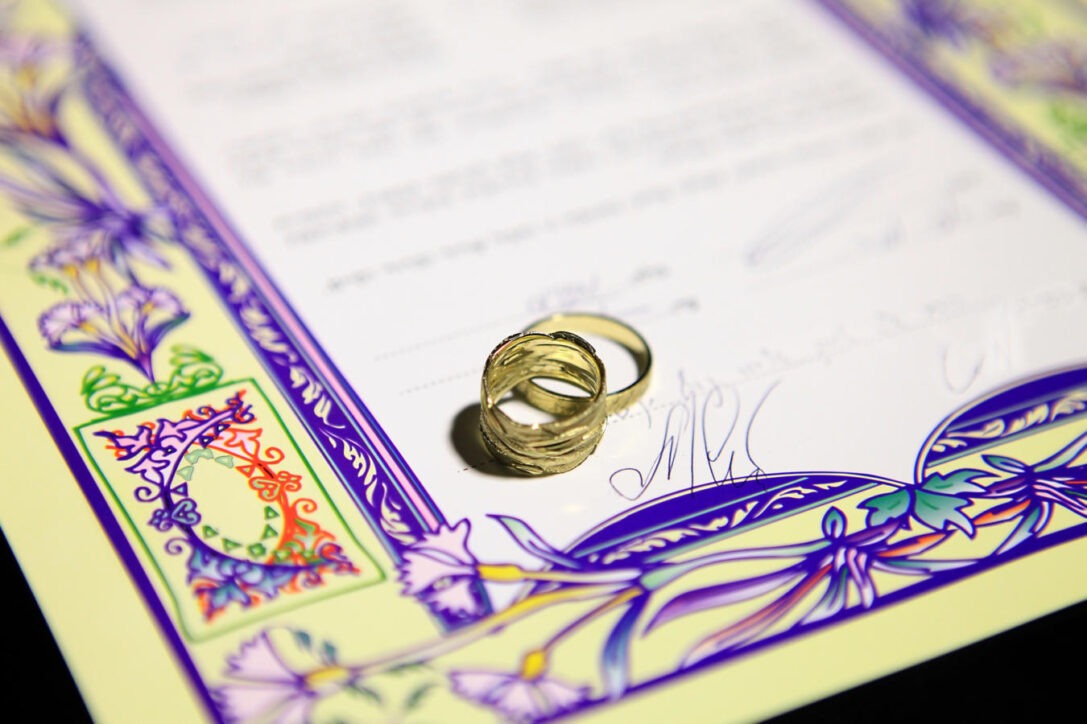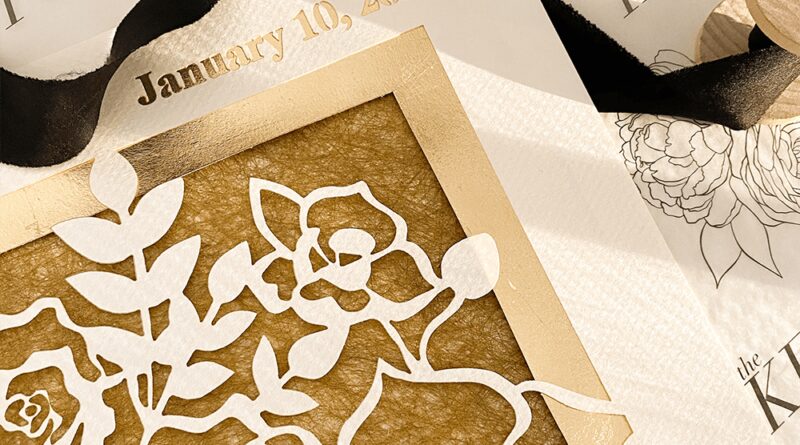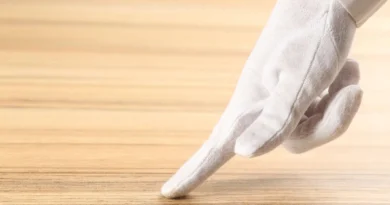Choosing the Right Ketubah Text: Traditional Versus Modern Approaches
The ketubah is an important traditional element of Jewish weddings and serves as a testimony to the couple’s shared values and aspirations. By adding personal touches, couples can express their individuality and share their story through their ketubahs. They may also opt for a traditional or modern ketubah, which we will cover in more detail below.
Why is the Personalization of the Ketubah Important?

When you add your own touch to your Ketubah, you make it very special. This document represents the two of you and your experience together, rather than being just a piece of paper. You should add some personal touches to your Ketubah for the following reasons:
- Every marriage has its own story, its own principles, and its own goals, just like you. Personalizing the ketubah allows you to incorporate elements that are of special significance to you.
- Personalizing the ketubah emphasizes the commitment you are making to each other. By taking the time to add your own words, symbols, and feelings, you demonstrate your deep connection to the covenant.
- A personalized ketubah becomes a treasured keepsake to display in your home, always reminding you of your wedding day and your wedding vows.
- By incorporating traditional elements, you can connect with tradition on a deeper level and honor the rich heritage of Jewish wedding customs.
- Adding your own words or symbols makes the vows extra special. It is not just a generic contract, but your own personal one.
- The process of personalizing the ketubah encourages open and meaningful conversations between partners. It provides an opportunity to talk about your values, desires, and expectations of marriage, which can strengthen your bond and deepen your understanding of each other’s perspectives.
Traditional vs. Modern Approaches to Ketubah Texts
-
Traditional Approach to Ketubah Texts
Traditional ketubahs differ in some aspects from modern approaches, and some of the features of a traditional ketubah contract are listed below:
- Traditional Ketubah writings were written in Aramaic because it was the dominant language in Jewish communities in antiquity.
- These Ketubahs primarily address the husband’s responsibilities towards his wife, encompassing financial support, protection, and marital entitlements. Additionally, they include a declaration affirming the sacredness of marriage.
- To validate the authenticity of the document, two proficient Jewish male witnesses, unrelated to the bride or groom, are required to sign traditional Ketubahs.
- The emphasis in the design of traditional Ketubahs typically leans towards simplicity, with a central focus on the text itself.
- A specific sum of money or its equivalent in property, known as the dowry or nedunya, is specified in traditional Ketubahs. This serves as the husband’s committed financial provision for his wife in the case of divorce or his passing.
- While certain elements are prevalent in most traditional Ketubahs, customization beyond the couple’s details and financial commitments may have limited scope.
Choosing a traditional Ketubah is a meaningful way to honor heritage, preserve customs, and fulfill religious obligations. It serves as a spiritual and legally binding document, embodying marital commitments. Embracing the classic Aramaic text and format symbolizes respect for ancestral practices and affirms cultural identity, integrating seamlessly with traditional Jewish weddings. But before you make a choice, consider the Modern Ketubah’s distinctive features and the possibility for customization.
-
Modern Approach to Ketubah Texts

Source: myjewishlearning.com
Here are some of the elements that distinguish modern Ketubahs from traditional ones:
- Modern Ketubahs often incorporate translations in the couple’s vernacular language, such as English or Hebrew. This enhances accessibility and understanding for contemporary couples and their families.
- They may encompass a broader range of sentiments and commitments. Couples have the option to include personal vows, blessings, or other meaningful passages that resonate with their unique relationship.
- Some modern Ketubahs may omit specific financial details, allowing for more flexible arrangements. The focus shifts towards broader promises of love, respect, and mutual support.
- Modern Ketubahs offer a higher level of customization. Couples can include additional blessings, quotes, or artwork that hold special meaning for them. This grants them more freedom to shape the document to authentically represent their unique relationship. For those interested, you can shop affordable ketubah options, personalize them to your liking, seek inspiration from various sources, and enjoy the creative process.
- Modern Ketubahs often showcase elaborate and artistic designs. They may incorporate elements like watercolors, calligraphy, illustrations, or even photographs, transforming the Ketubah into a beautiful keepsake.
Why is choosing the modern Ketubah a good idea?
Choosing a modern Ketubah offers you greater personalization, accessibility through translations, and the flexibility to omit specific financial details. The inclusion of artistic elements makes it a visually appealing keepsake while honoring individuality and embracing evolving traditions. It provides an enjoyable, creative process for crafting a document that uniquely represents your love story.
Conclusion

The Ketubah holds profound significance in Jewish weddings, embodying the shared values and enduring traditions that bind couples in marriage. Personalizing this document is crucial, as it transforms it from a mere piece of paper into a reflection of the couple’s unique journey and commitment to one another. Whether opting for a traditional or modern Ketubah, the choice allows couples to express their individuality and craft a document that authentically represents their relationship.
Both approaches, rooted in rich Jewish customs, offer distinct features, catering to couples’ preferences and cultural inclinations. In this choice, couples have the opportunity to bridge the past and the present, honoring heritage while embracing their own unique love story. The Ketubah, in its chosen form, stands as a testament to the enduring bond and shared aspirations of the couple as they embark on their journey together in marriage.



